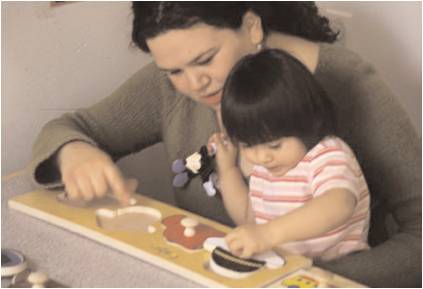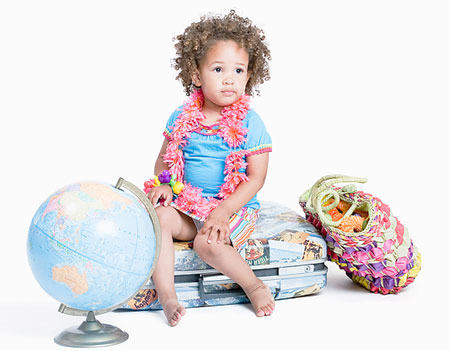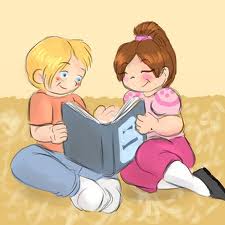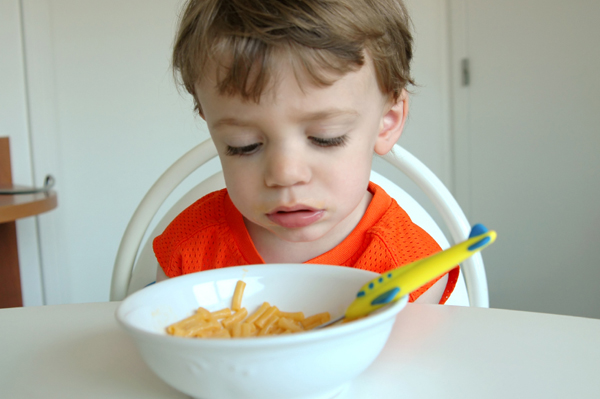There is a good reason why all moms encourage their toddlers to play as much as possible. The reason is grounded in scientific research. Studies show strong links between play and development of social and cognitive skills among toddlers. Such skills are vital for toddlers to be able to learn complex concepts when they are older. For instance, there is a link between play and growth/development in memory, oral language, self-regulations and symbol recognition. Play is also linked to improved literacy skills and social development as a whole. To get a more in-depth understanding on why it is important for toddlers to play, below are 10 ways toddlers prosper from play.
1. Play stretches a toddler’s imagination: Playtime for toddlers is a viewed as a chance to experiment and stretch imagination. During play, a toddler can fly, ride a unicorn, save the planet and be a ballet or a football star without any interruptions or restrictions. This stretches a toddler’s imagination which is very important for developing cognitive and social skills.
2. Play promotes learning: Play also presents toddlers a perfect opportunity to learn by doing. As much as kids learn from seeing, it is equally important for them to learn by doing. Kids discover very many things about their surroundings during playful explorations. This helps in proper social development as well as self regulation. For instance, through play, a kid can learn to avoid high grounds because they might fall and injure themselves.
3. Play helps in talent discovery and development: Playtime offers parents an excellent opportunity to discover and develop their kid’s talents. Kids love different games/activities. Without play, it would be very hard for parents to identify and develop their kid’s talents. Playtime also helps kids discover what they like doing on their own. In the process, kids can build confidence and self esteem.
4. Play prepares toddlers for socialization: Playtime is an excellent opportunity for toddlers to interact with each other. Playtime also offers opportunities for sharing and taking turns. Such opportunities are perfect for making sure your kid is properly socialized for the future.
5. Playtime helps toddlers work on their emotions: Toddlers have to learn from scratch how to deal with emotions such as sadness, anger and frustration otherwise such emotions may affect them negatively in the future. Playtime offers a perfect opportunity for a toddler to learn how to constructively deal with negative emotions.
6. Play promotes language development: Playtime offers numerous opportunities for toddlers to talk to other friends, their toys i.e. dolls e.t.c. These are perfect opportunities for language development. As long as your kid is trying to talk or talking, they are definitely in the right language development path.
7. Play empowers kids: Toddlers are usually brought up with numerous restrictions which are necessary for their own safety. For instance, a toddler will grow up knowing it’s not good to touch things. Although these restrictions are there for safety purposes, they can be very limiting, hindering experimentation which is very important for kids to develop properly. Play empowers kids to do whatever they want without restrictions.
8. Play encourages creativity and problem solving: Kids are most creative when they are playing because they are free and empowered. Popular playtime activities like building forts, painting murals, dressing dolls, cooking imaginary foods e.t.c. are perfect for sparking creativity. These activities also help kids develop problem solving skills.
9. Play develops fine motor and eye-hand coordination skills: Constructive play activities for kids i.e. using blocks, solving puzzles, buttoning doll clothes e.t.c. helps to develop fine motor and eye-hand coordination skills which is very important for developing more complex skills in the future.
10. Play promotes fitness: Kid’s fitness is as important as adult fitness. In fact kid’s fitness is more important because it is capable of laying a solid foundation for a lifetime of fitness. For instance, most kid games are actually exercises disguised as fun. If your kid loves a certain physically engaging game i.e. football from a young age, the game is capable of laying a solid foundation for lifetime fitness which attracts a ton of health benefits.
In summary, the above information is adequate to help any parent understand why it is important for toddlers to play. Although there may be other benefits derived by toddlers during play, the above 10 benefits summarize the importance of playtime among toddlers perfectly.









